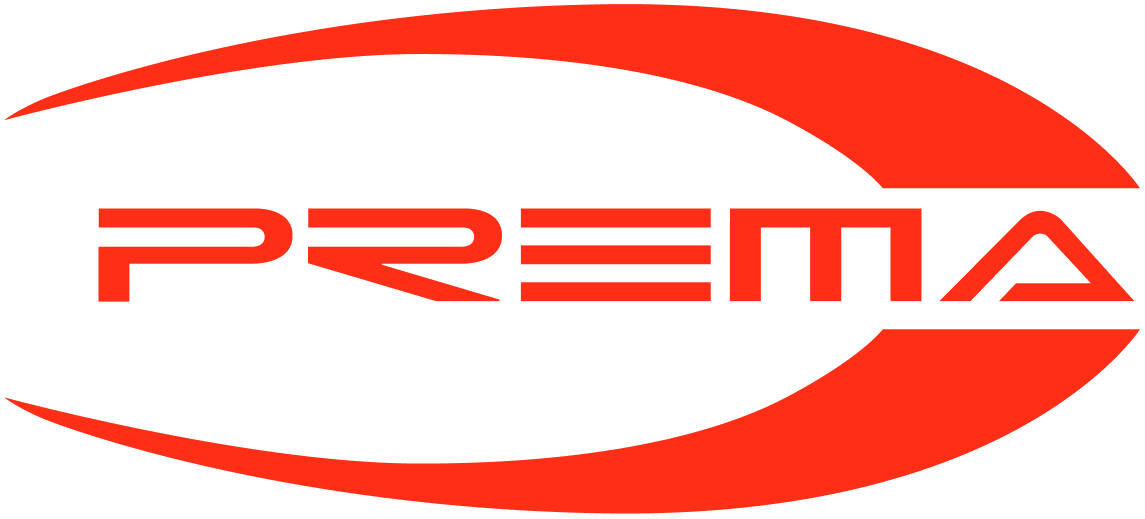During the compression process, high pressure and temperature keep the ambient moisture in a vapor state.
 As air exits the compression process it cools and the water vapor begins to condense into liquid water with a trace of oil. It will accumulate at the bottom of the air tank and in the downstream piping and air drops if it is not properly treated. As a general gauge, a 200 CFM compressor produces approximately 18 gallons of water a day.
As air exits the compression process it cools and the water vapor begins to condense into liquid water with a trace of oil. It will accumulate at the bottom of the air tank and in the downstream piping and air drops if it is not properly treated. As a general gauge, a 200 CFM compressor produces approximately 18 gallons of water a day.
If left untreated, the oily water will condense out downstream and show up wherever you are using compressed air. That’s when you know that you’ve got a problem.
In fact, excessive levels of moisture can wreak havoc on an entire compressed air system and lead to dramatic damaged equipment or unacceptable process costs and energy losses that impact operational efficiency and the overall performance of your business. Untreated condensate can lead to piping corrosion, damage to pneumatic controls, rapid wear and rusting of production equipment, damaged circuits and in-line filters, contamination of end product, valves, air motors, and more. What’s more, low temperatures can cause condensate to freeze and expand, which in turn, can cause damage to equipment or plugged air lines.
Ensure you have the right systems in place to protect your air compressor and downstream products and processes against unnecessary moisture and learn how to conduct critical maintenance procedures in order to minimize leaking and protect your machine from damage.
Water content within a compressed air system is measured by pressure dew point (PDP). PDP describes the temperature at which a gas reaches saturation point and begins to condense into liquid. Therefore, mitigating condensate levels requires maintaining a low PDP.
The volume of condensate that a given compressor produces is reliant upon a number of factors, including pressure level, aftercooler condition, as well as intake air quality, relative humidity, and the temperature of ambient air where the compressed air is used.
More water is likely to collect inside a compressed air system at higher flow rates (CFM or l/s), higher inlet and ambient air temperatures, higher humidities, and lower pressures.
Preliminary measures can be taken to ensure your air compressor’s discharge condensate is properly treated so you only deliver clean, dry compressed air downstream. A good water separator or aftercooler is usually able to remove between 40 and 60% of the water vapor contained in the discharge air from the machine.
Installing an internal or external air dryer and an air receiver can act as additional layers of protection against condensate-caused damage. If you are unsure which combination of accessories to purchase, consult your distributor.
These preemptive actions can help mitigate downstream moisture levels; however, even when you have a number of accessories installed to aid in the drying process, it’s still possible to experience condensate buildup and moisture downstream. If you’re noticing an excessive amount of moisture of condensate downstream at your air tools in a system with properly sized and applied drying and filtration equipment, the primary culprit is probably a malfunctioning condensate drain valve.
Every air compressor operator should be draining the receiver tank periodically. A lack of proper draining and drain valve maintenance can lead to condensate buildup downstream, corroding your air receiver and overloading your air dryers. As such, it’s critical to know how to identify problems with your drain valves and how to keep your drain valves clean and clear for optimal functionality.
Always ensure that you collect and dispose of moisture from your air compressor in accordance with environmental regulations.
No matter what kind of drain your air compressor has — whether float-operated, timer-controlled, or zero-loss — the draining process is fairly similar.
First, locate the tank’s drain valve (usually attached to the lowest port on the tank).
If it is a manual valve, simply rotate the handle slightly and a mixture of water and compressed air should exhaust from the tank.
1. If it hasn’t been drained in a while you will get a lot of water before you hear the compressed air expand.
2. If it has been routinely drained, you should hear air almost immediately.
If it is a timer operated or zero-air-loss valve, it likely has a “Push to Test” button located on the control faceplate.
Simply push the button and you manually override the time or sensing circuit and the valve will open. You will likely hear a burst of air immediately. This reinforces that the drain is functioning properly.
Hold the button to Open the valve and release the moisture from the tank. Release the button to Close the valve when finished.
Always ensure you’re wearing proper safety equipment, including safety glasses, hearing protection, and gloves when working with equipment.
If the drain valve is not functioning properly, you will need to depressurize the tank and isolate it from the air system so you can properly drain it and service the defective drain valve.
To do so you first want to ensure the compressor is turned off and detached from the power source and that you’ve isolated the tank from system pressure before attempting to remove the drain valve.
Assuming your air tank has an ASME approved safety valve on it, simply pull the ring on the safety valve to lift the valve face from the seat and you will begin to relieve the internal pressure. Make sure to shield the releasing air by placing one hand over the valve as you pull the ring with the other. Continue to pull on the ring until the tank is pressure has been removed.
Pull on the ring a few more times to make sure that the tank pressure has been completely released before attempting to service the drain valve.
When removing the drain valve, ensure that the drain port on the tank and the piping from the tank is not clogged with sludge, rust and debris. If it is, it will need a thorough cleaning to flush out lubricant and debris particles prior to reinstalling your drain valve.
If you have additional questions about how to prevent leaking and mitigate moisture levels downstream of your compressor, your distributor can help.

Mattei offers a wide range of vane compressor models that perfectly meet the specific needs of the transport industry.

The reliability of Mattei compressors, the high quality standards of the delivered compressed air and the compliance with the industry regulations, make them ideal to be used in the healthcare and pharmaceutical industry.

Reduced operating costs, environmental sustainability and extreme purity of the air supplied make Mattei compressors suitable for all processes in the food industry.
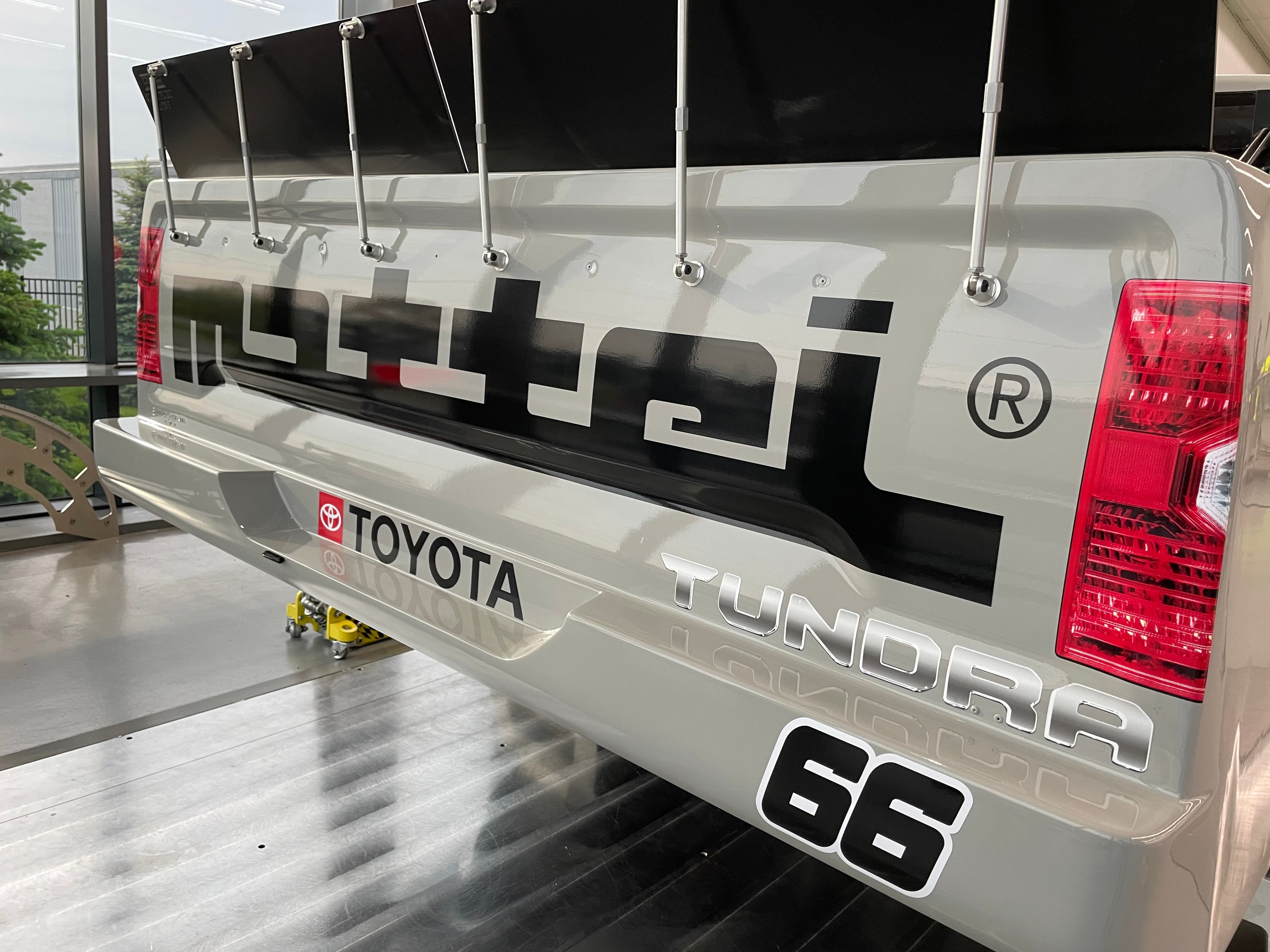
Good luck ThorSport Racing. Waiting to watch the racing!
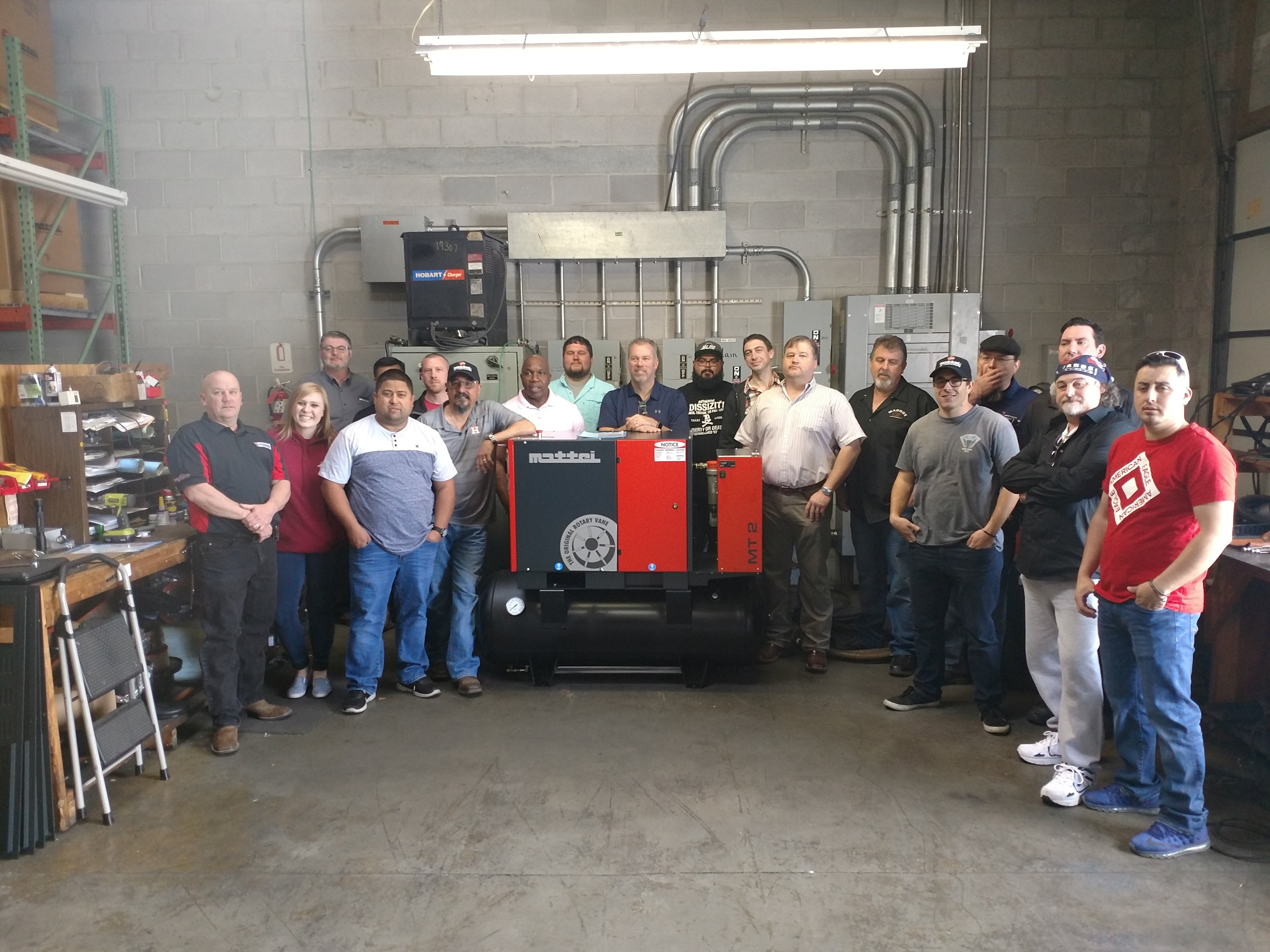
We recently held our Spring 2018 Service School for distributors. The school graduated 17 participants from both the sales and service sides.

Today, Mattei Compressors, Inc., announced the recipients of its 2017 Distributor Awards. These distributors went above and beyond to provide high-quality service to Mattei customers over the past year.
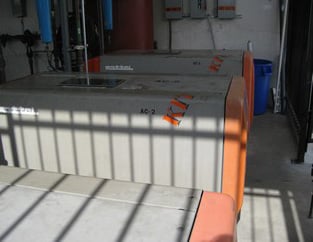
Helix Medical, LLC is widely regarded as a premier supplier of biocompatible silicone medical devices and components to the medical device, pharmaceutical and biotech industries.
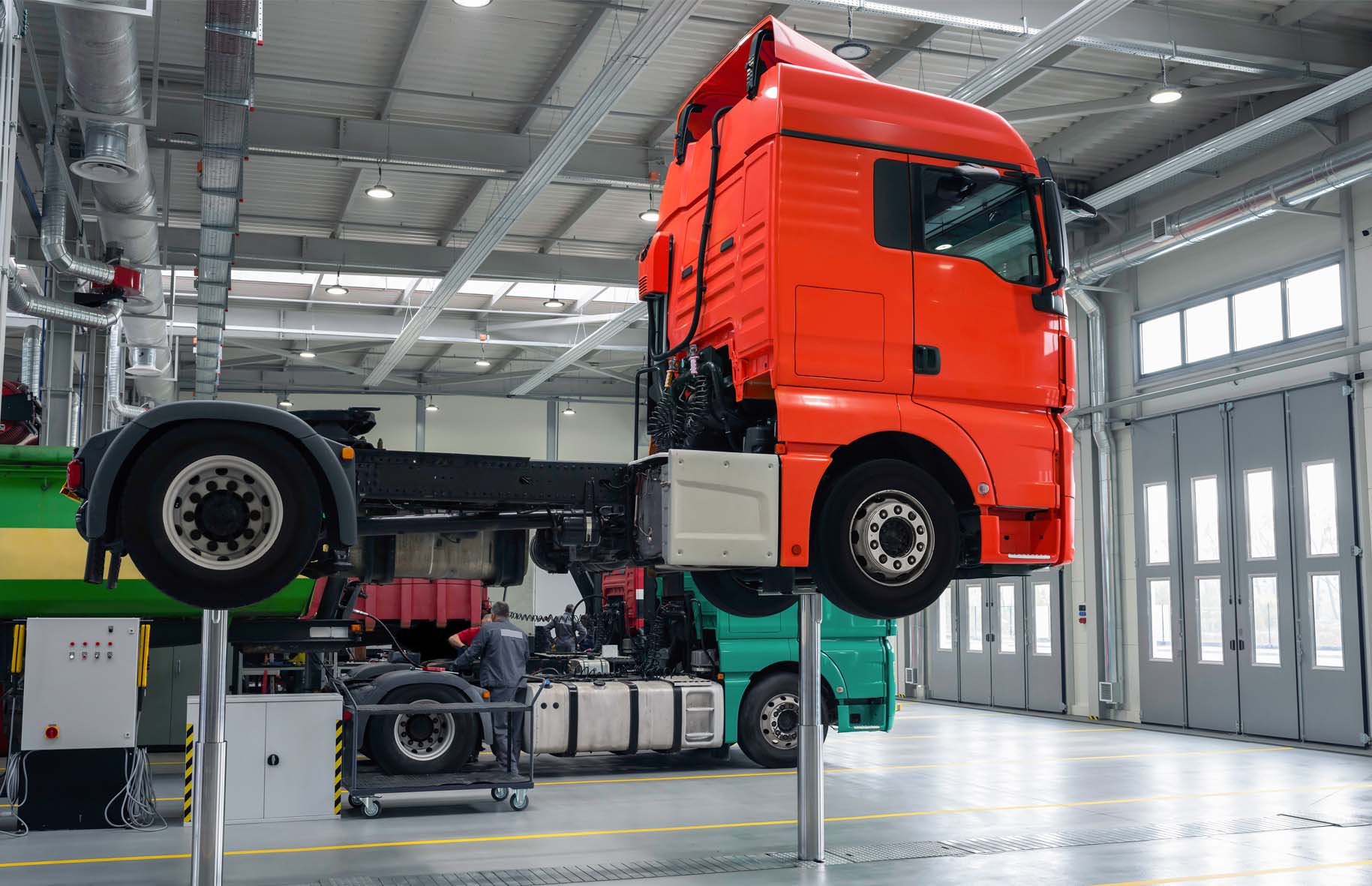
John Baker Sales, a Mattei distributor located in Colorado, worked very closely with Transwest to ascertain the company’s needs prior to making a product recommendation.

